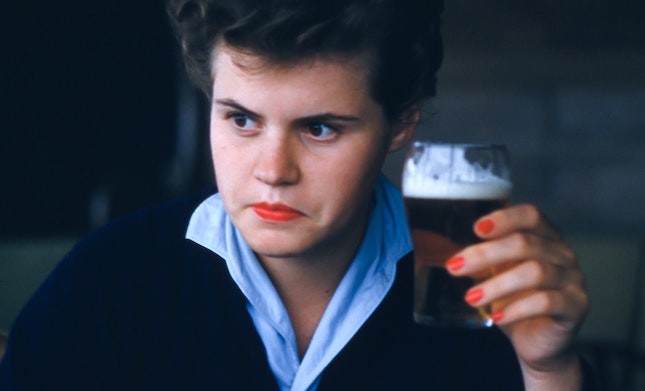How Does Story Conflict Work in a Mystery Novel?

Opposition is the Key to Conflict
A traditional mystery is not a thriller or action-adventure novel. It is unlikely your mystery will contain multiple fight and battle scenes filled with physical conflict. But you still need conflict to engage your reader. Conflict is the heart of storytelling.
Good storytelling needs conflict. Conflict builds suspense by creating tension. For a reader, tension raises the question of what will happen next. That tension keeps them reading more.
Conflict happens when your character wants something (their goal) and someone or something prevents them from reaching the goal. Your main character has an external goal to reveal the villain. Each protagonist also has an inner goal that provides more conflict.
Conflict is obstruction. Through most of your mystery novel, your character cannot reach the external goal because people get in the way. She must wait for evidence results. He must find the right suspects to interview. Suspects hold back information. Suspects go missing.
It is the nature of a mystery novel to put obstacles in the way of your detective’s search. Every time your protagonist tries to overcome an obstacle, they meet obstruction.
You write a narrative filled with problems. And just like life, at times, those problems seem insurmountable.
Obstruction creates conflict. Conflict creates struggle. Struggle results in outcomes. Those outcomes may be successful or so unplanned they lead your character into more trouble.
External Conflict and the Story Goal
In a mystery, the primary goal is exposing the villain. Every false statement from a suspect, every red herring, every attempt by an opponent, traps set by the antagonist are all conflict that impede your detective’s goal.
Internal Conflict and the Story Goal
Internal conflict comes from personal goals your detective has. These are related to overcoming personal demons or shortcomings. While internal goals deepen the character and make them more relatable to the reader, if you use them as additional obstructions to the main story goal, then your reader cares deeply.
Internal goals in conflict with the main goal help the reader identify with your character as a person and root for your character to achieve the story goal—find the villain.
How to Set Up the Conflicts
You can search online for lists of different internal and external conflict. Assigning conflict to your character is the easy part. What you want is to create a story, a mystery story, that engages your reader emotionally.
The types of conflict aren’t as important as how you use them in the story. The secret to compelling conflict, conflict that drives the story, is integrating it in the right place, so it is integral to your mystery.
Dynamic scenes use conflict to change the character’s scene goal from the beginning to the end of the scene.
Conflict arises from a decision your protagonist must make. She may need one more piece of information to make the decision. He may grasp at a thought, only to have it take him on a wild goose chase.
And, while your protagonist is clearing the path toward the villain, he may lose a friendship, question his place in society, or struggle trying to live up to his father’s reputation.
Inner goals may put your protagonist in direct conflict with the external goal. It could be as simple as prejudice against a key suspect’s way of life. Or, it could be as critical as overcoming a fear to take the next step.
Mix, Match, and Plan Your Mystery Conflicts
To integrate conflict into your mystery, you need to mix internal and external, set them against each other in uneven matches, and plan each scene to contain at least one conflict.
Each new conflict compounds the difficulties for your sleuth. Start with a list of major external and internal goals. Your list does not need to be long. Each time you confront your protagonist with an aspect of a conflict—internal or external—you stress the way it impedes progress.
Your mystery reader wants to root for your detective. Conflict is the bond that keeps your reader engaged in the story. That’s why working with different aspects of conflict with two or three main goals intensifies the relationship with the reader.
Too many goals will confuse your reader. Keep the main goal finding the villain, and the other goals as subsets of that primary goal. You are showing the reader the difficulties your detective has in this story.
PRO TIP: In a series, the external main goal will change with each novel, but the internal goals remain constant.
Choose and Focus to Plan Your Mystery Conflicts
You’ll master conflict if you keep these guidelines in mind:
- Limit your character’s goals to two or three external and internal
- Put the goals in opposition to each other
- Create a conflict for each scene
Small conflicts in every scene keep your reader engaged. Your detective will win or lose in each scene. Stagger internal and external goals to drive the story. Without conflict, there is no story.
Have fun brainstorming your conflicts and keep your reader on the edge of their seat.
Photo by Les Anderson on Unsplash





